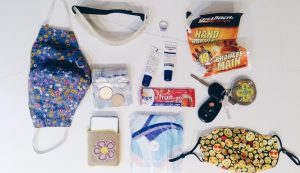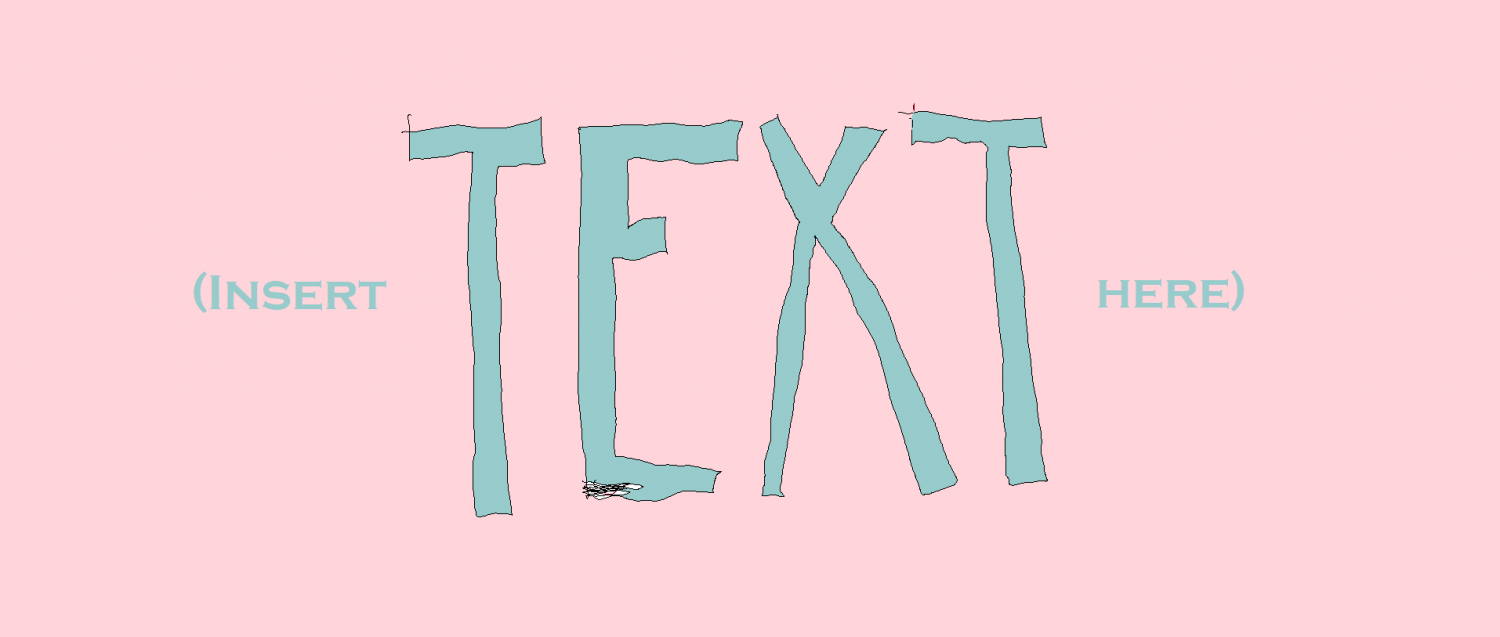
A flat lay of the items currently in or on my coat
In the winter my coat is my bag. I find the bulk of a warm winter coat gets in the way of comfortably carrying a bag. There are a few things that currently influence what I carry with me:
- I’m on education leave, so I don’t leave the house very regularly
- I live in a small, small town, which means I’m never far from home
- It’s the deep, cold part of winter
- I have a kid
I play a game with my friends called “mom pockets” and here are the rules: I randomly send a text saying “show me your mom pockets” and they have to send back whatever is currently in their pockets. I would argue that anyone who cares regularly for a young child knows that these pockets are paradoxically specific and random. There are usually rocks, food items, garbage, and other various and sundry. Although I do not have any rocks in my pockets at the moment, I think you can tell from my bag that I’m around a little kid often. There is a toy ring at the top centre and a kid’s mask on the bottom right. The fruit to go might also tip someone off. Most of my items in my pockets I don’t have a daily need for, with the exception of lip balm.
When I think about how these items might be considered “texts,” I think about all the ways in which we can ‘read’ the items for the clues they might give about who I am. Does carrying around two lip balms mean that I have really dry, cracked lips, and like to be prepared, or does it mean that I am absent minded and forgot that I already had one in my pocket. Does the hand warmer package mean that I live somewhere cold or that I get cold easily or that I just carry garbage around with me because I’m forgetful and don’t clean out my pockets?
Here is what I think these things say about me:
I think that what I carry in my pockets seems objectively practical and no frills. I have my mask and my kid’s mask, because as we all know it’s a pandemic out there. Plus these masks might be a dead giveaway to an archeologist of the temporal period I’m living in. I have lip balm, because I have cracked lips (and yes, there are two because I forgot that I had one in my pocket already). There is also some cash, my wallet, a pad, a snack, and the arm band at the top is a light so I’m visible walking around.
If I tell you that I live in the arctic, the items start to make even more sense. The cold, dark, desert climate might explain even better the reason for the lip balm, arm band light, and hand warmers. Also, the beading on the wallet and the key chain reflects the traditional Indigenous artwork of my community. A former student beaded the wallet and a neighbour beaded the key chain. These items might also help an archeologist narrow down the location in which I live.
As for text technologies and literacies, I’m not sure there is much information held in my pockets. Perhaps some indication of financial literacy and maybe visual literacy with respect to the bead work. The text is limited and consists of digitally printed packaging. The key fob has some printed symbols on it as well as the money. The contents of my pockets I don’t think are a good reflection of who I am or who I outwardly project to be. There are some superficial indications of who I am, for instance, the pad might indicate that I’m a woman, or at least someone who menstruates, and the kid related stuff might indicate that I’m a mom or care for a kid, the car keys maybe let you know that I’m at minimum old enough to drive. However, my pockets don’t say anything about my nuanced feelings on parenting, or my experiences of being a woman, or the anxiety I feel when I drive. There is nothing in my pockets to indicate any other relationships in my life or any of the hobbies, likes, or dislikes that I may have.
Can you tell who I am from these pockets? Do you think other people can tell who you are from yours?
